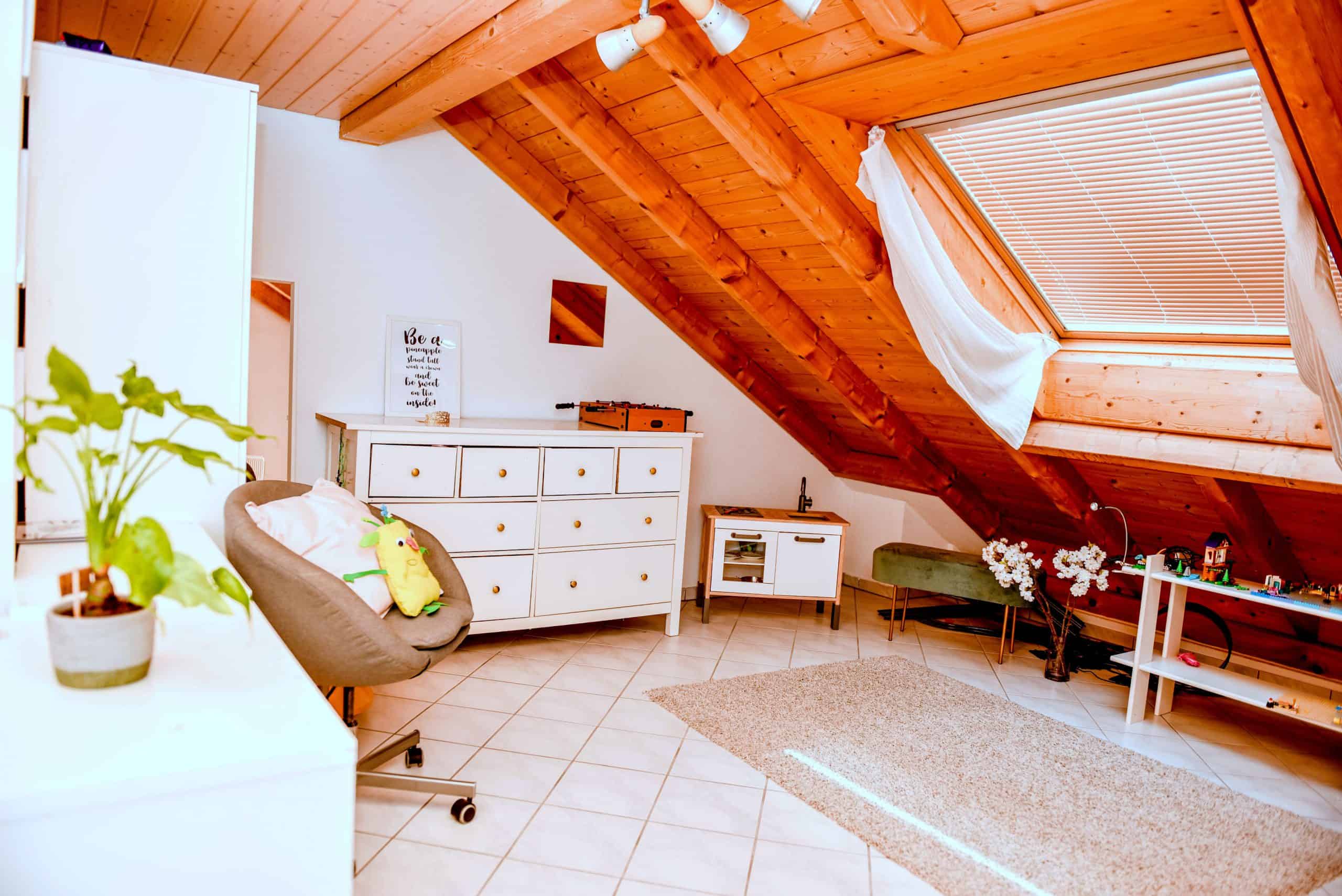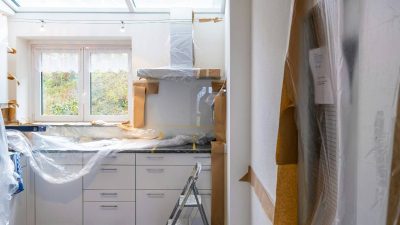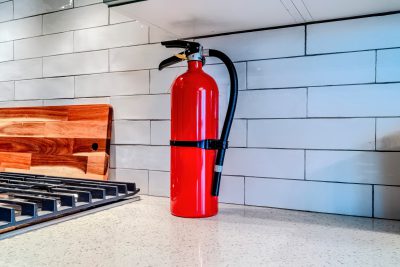There is often confusion over what happens if someone extends into a loft, who is responsible for roof repairs, and what happens about access to the roof.
Debunking the myths about loft space and tenement buildings is crucial to better understanding and better relations amongst owners, particularly when it comes to common repairs.
Check your deeds
As with all things tenement-related, title deeds are the first place to look for clarification. The title deed for your property should confirm who owns the loft space. If your and other owners’ deeds are silent on the issue of loft spaces, you can assume that the top flat owner(s) own the loft space. If the loft is in common ownership, then all owners are responsible for repairs and maintenance to the space.
Loft extensions
Loft extensions are a popular choice for extending living, working, or bedroom space, however, it is not always possible to do this in a tenement building. If the loft space is commonly owned, extensions by top floor flat owners are not permitted.
However, if the loft space is owned by the top floor flat and the owner wants to extend into the loft, then there are steps to be taken before work can commence, including:
- planning permission (other owners can object to this)
- building warrant (this may not allow adding to the flat’s existing living space)
- consent from the other owners (good practice to obtain)
Remember to use the title deeds as a guide if you are considering a loft extension or any other alteration or improvement. They will often set out how the property can be used, for example if it’s only to be used as a place of residence, rather than one a business can be run from. Title deeds can also stipulate what structural changes can and cannot be made, as well as specifying if you need to keep a common scheme of paint colours. You may need an agreement from the other owners and consents if your plans contravene the title deed or encroach on common property.
If your property is in a listed or conservation area, there may be further restrictions on extensions imposed by your local council, so best to check with them directly.
Roof repairs
Carrying out roof repairs where there is a loft extension can cause confusion amongst owners with the question of who is liable to pay being at the forefront of most people’s minds.
Whether the loft space above the top floor is in common or individual ownership, the supporting structure of the roof falls within the definition of the roof and is considered common property. This can include timbers in the roof that can be susceptible to damp and rot.
Even if an owner has extended into the loft, with the appropriate permissions, repairs to the roof will be a common repairing responsibility. If access to the roof is via the loft extension or elsewhere in that particular property, the owner is obligated to give access to facilitate a survey and a repair.
Energy efficiency is a topical issue and installing or replacing defective insultation is a priority for many owners. If the loft space is considered a common responsibility in your title deed, installing insultation can be defined as maintenance and as such, becomes a common repair that owners are required to share the cost on.
Summary
Loft ownership can be contentious amongst owners and the simple recommendation is to check title deeds to establish ownership of the area before taking further action. Keep in mind that even if you own the loft space as a top floor flat owner, your fellow co-owners have a responsibility to maintain the roof and you have a responsibility to allow access.












